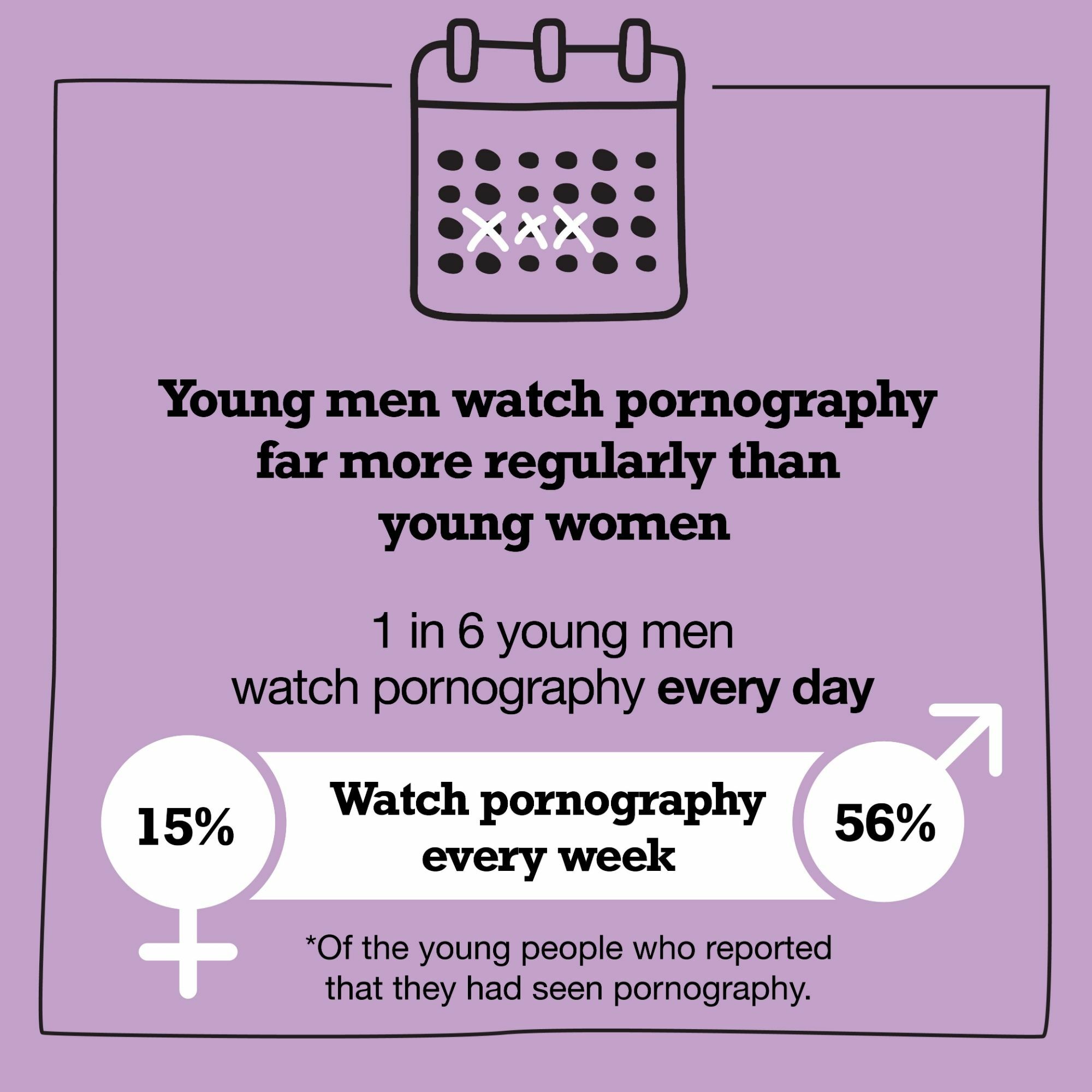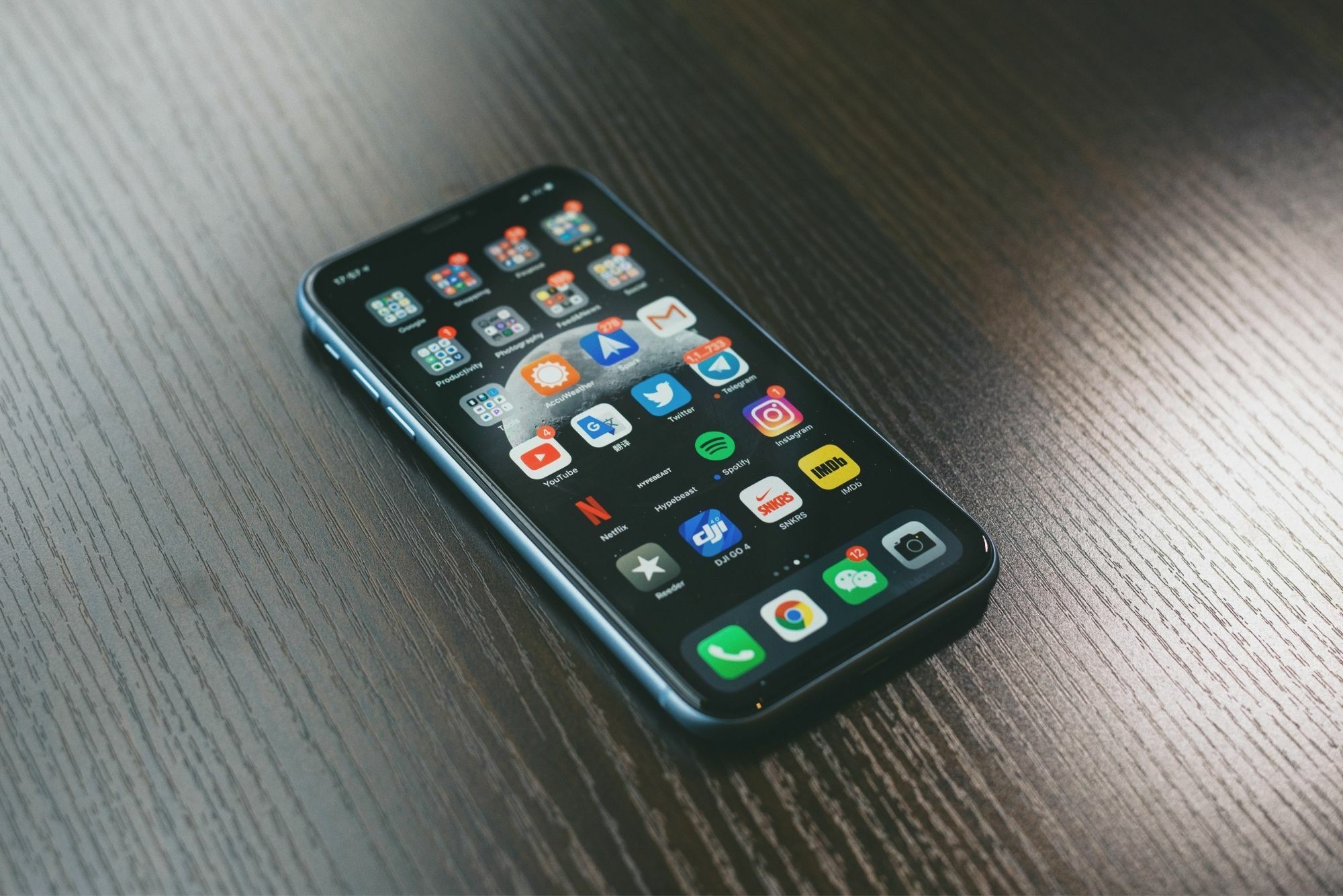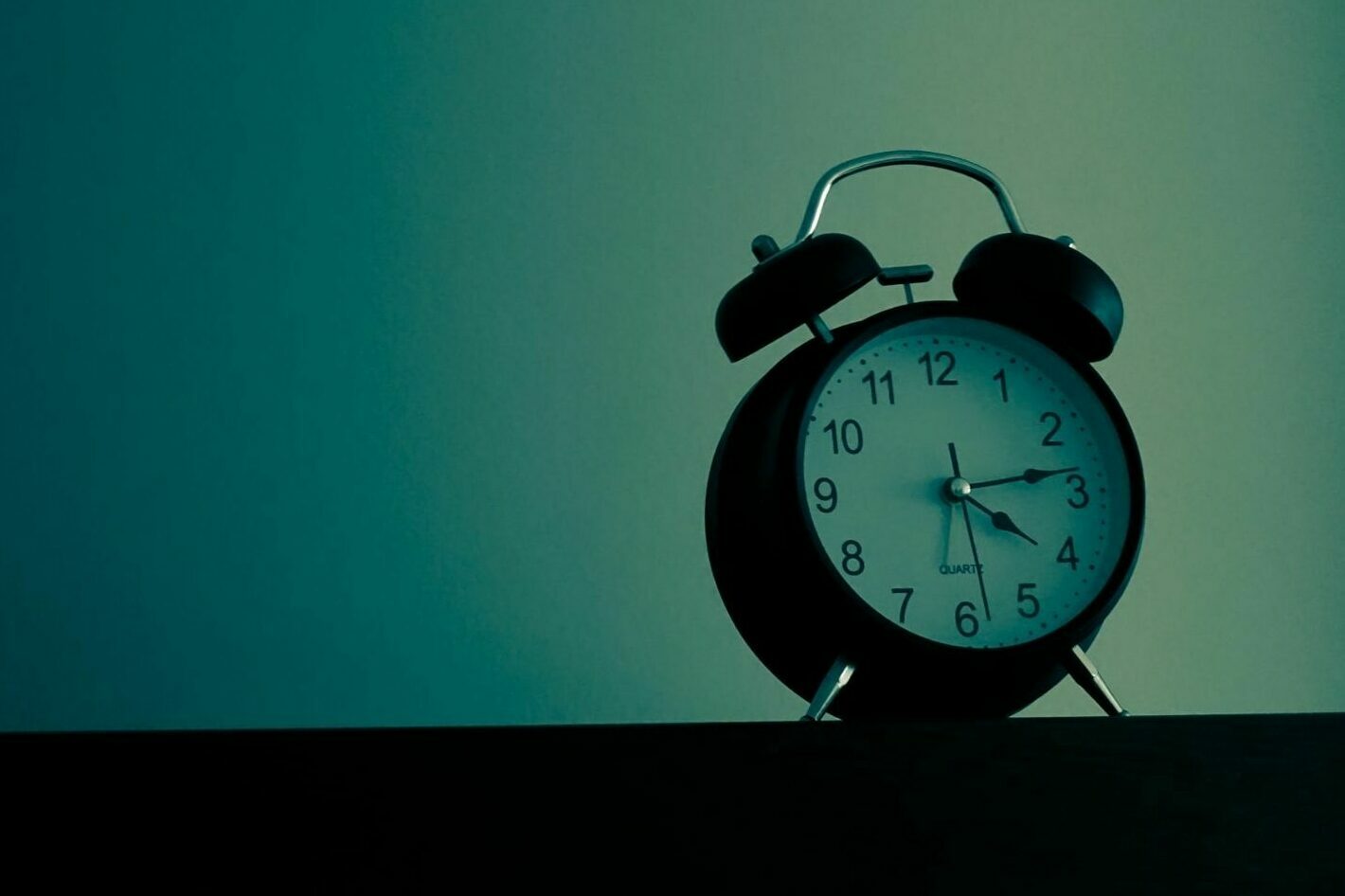The internet has made access to pornography easy, anonymous and free.
With laptops, smartphones, tablets, smart watches, music and gaming devices, young people can be online anywhere, anytime. And while technology offers a huge range of exciting possibilities for learning, connecting and creating, it also means that pornography is more accessible than ever before.
Pornography has become so prevalent it’s almost impossible for young people to avoid – even if they want to.
Nearly half (48%) of young men have seen pornography by the age of 13, and nearly half (48%) of young women have seen pornography by the age of 15 – and that’s generally before their first sexual experience. On average, young men see pornography for the first time three years before their first sexual relationship and young women two years before their first sexual relationship.
Many young people actively seek out pornography – out of curiosity, for sex education, for sexual stimulation or because their peers are watching it. But others are seeing it accidentally, through an internet search or pop up, via social media, or being shown by peers.
Among those who have seen pornography, young men were more likely to have actively sought out pornography the first time they viewed it (50%) compared to young women (40%).
It’s not just an occasional glimpse. Some young people use pornography regularly.
It’s not uncommon for young people to see pornography every week or even more often. Young men are far more likely than young women, to use pornography frequently and to view it positively. Over half (56%) of young men view pornography at least weekly, and more than 1 in 6 (17%) use it daily, compared with 15% of young women using it weekly and 1% reporting daily use.
Young men are much more likely than young women to describe feeling aroused or happy when they see pornography, and young women are more likely than young men to report feeling disgusted and degraded. Of course, that’s not true of everyone – some young women like pornography, and some young men don’t – but, on average, young men are much more likely to enjoy it.

With such high rates of exposure to pornography among young people, it would be naïve to think it’s not having an influence. But how is it impacting young people? To really understand the effect it’s having on young people’s understandings of, and attitudes towards, sex and relationships, we must also look at how ‘the new pornography’ is giving the wrong messages.
Help and support
If a young person needs additional help for their pornography use, they may be able to access support through a student counsellor, wellbeing coordinator, student support services or any other trusted school staff member. Their doctor will be able to help with referrals to services such as counselling and youth services.
If a young person has experienced sex that is unwanted, pressured, coerced or forced, they can get support through a sexual assault service. For a list of sexual assault services in different jurisdictions, see: respect.gov.au/services
If a young man wants to learn about engaging in more respectful relationships, they can contact MensLine Australia on 1300 78 99 78 or via mensline.org.au
If a young person has experienced online bullying, they or a parent can contact the eSafety Commissioner: esafety.gov.au/about-us/how-we-can-help
Additionally, Kids Helpline supports young people aged 5-25 with a range of issues and can be contacted on 1800 55 1800 or via kidshelpline.com.au
Reference
All data cited comes from: Our Watch (2020). Background paper: Pornography, young people and preventing violence against women.





